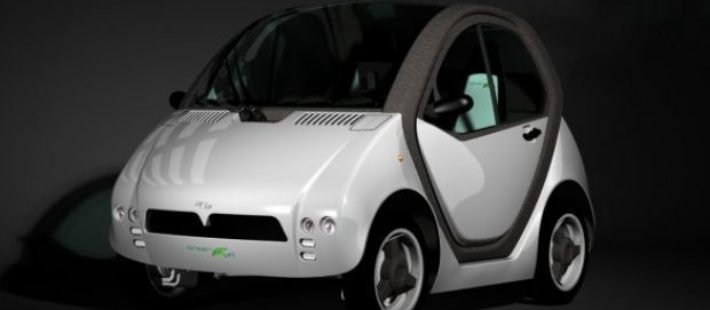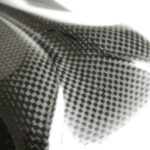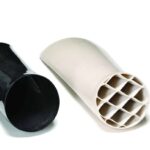

Competenza, sinergia e innovazione sono i capisaldi di R.I.C. azienda veneta che da oltre 20 anni ingegnerizza e produce componenti in materiali compositi di piccole e medie dimensioni, per prototipazione e alti volumi. I plotter Zünd sono ad oggi un anello essenziale della catena produttiva di R.I.C….

The growing demand for composite components increasingly requires efficient and cost-effective manufacturing solutions. Massivit recently launched the 10000 unit and its additively manufactured mandrels, useful for forming hollow composite components with smooth and regular internal surfaces. The article illustrates the advantages of printing with water-breakable material and the possible economic savings….

La crescente richiesta di componenti compositi necessita sempre più di soluzioni di produzione efficienti e convenienti. Massivit ha lanciato di recente l’unità 10000 e i suoi mandrini realizzati con produzione additiva, utili per formare componenti compositi cavi con superfici interne lisce e regolari. Nell’articolo vengono illustrati i vantaggi della stampa con materiale frangibile in acqua e i possibili risparmi economici….

The European CIRCE project (Circular Economy Model for Carbon Fiber Prepregs), born from the collaboration of five Italian companies and financed under the LIFE program (LIFE ENV/IT/00155), has studied how to reuse the scraps of carbon fiber prepreg to produce structural components such as car parts, brake discs, toe caps for safety shoes and more….

Il progetto europeo CIRCE (Circular Economy Model for Carbon Fibre Prepregs), nato dalla collaborazione di cinque aziende italiane e finanziato nell’ambito del programma LIFE (LIFE ENV/IT/00155), ha studiato come riutilizzare gli sfridi dei prepreg in fibra di carbonio per produrre componenti strutturali come parti auto, dischi freno, puntali per scarpe antinfortunistiche e non solo….

